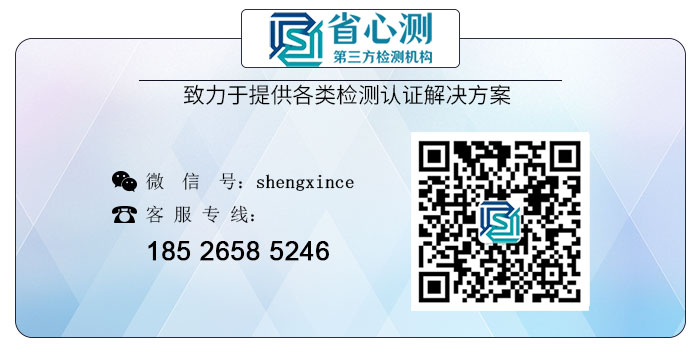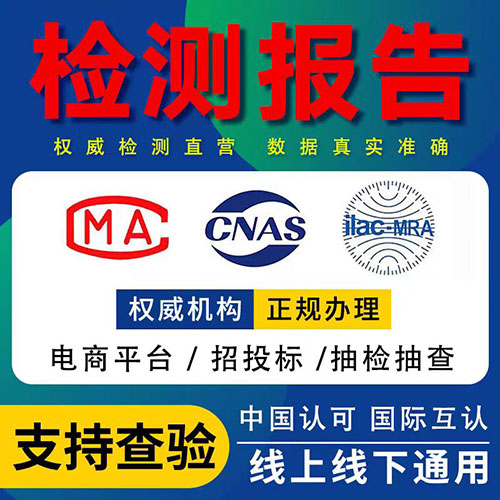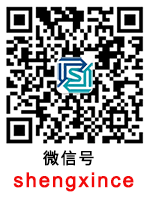rohs規定豁免材料英文版
ROHS规定豁免材料英文版
With the increasing focus on environmental protection, more and more countries are promulgating environmental protection regulations. The RoHS (Restriction of Hazardous Substances) directive is one of the most important regulations in the electronics industry. It restricts the use of six hazardous substances in electronics equipment. However, some materials are exempt from the RoHS directive. In this article, we will introduce the RoHS exempt materials in English.
RoHS exemption materials
According to the RoHS directive, some substances are exempted from restriction. These exemptions are listed in Annex III of the directive. The RoHS exemption materials include lead in glass, cadmium in phosphors for certain applications, mercury in certain lamps, and hexavalent chromium in corrosion-preventive coatings on certain aerospace and military components.
Rationale for RoHS exemption materials
Why are these materials exempted from the RoHS directive? The reason is that these materials are essential for certain applications and have no alternative replacement that is as safe and effective. For example, lead is a critical component of some glass products, such as CRT monitors, which have already been phased out in most countries. Removing lead from the glass would make it impossible to manufacture these products.
The process of RoHS exemption
The process of RoHS exemption is not easy. The European Commission reviews RoHS exemption requests on a regular basis. An exemption request must be made by an industry association, a manufacturer, or an importer. The request must include a detailed description of the material, the reason for the exemption, and the timeline for finding alternatives. The European Commission will then evaluate the request and issue a decision.
Examples of RoHS exemption materials
In addition to the materials mentioned above, there are many other RoHS exemption materials. For example, lead and cadmium are allowed in certain medical devices, such as X-ray machines and CT scanners. Mercury is allowed in some switches and relays. PVC is allowed in some cables and wires. Each exemption has its own specific conditions and restrictions.
The impact of RoHS exemption on the environment
RoHS exemption materials are carefully regulated to ensure that they are used only when necessary. This helps to reduce the environmental impact of electronics manufacturing while still allowing for the production of safe and effective products. The European Commission regularly reviews RoHS exemption materials to ensure that they are still necessary and that alternatives are being pursued.
Conclusion
The RoHS directive is an important environmental protection regulation in the electronics industry. While it restricts the use of hazardous substances, it also allows for exemptions in certain cases where the material is essential and has no alternative replacement. The RoHS exemption materials are carefully regulated to minimize their impact on the environment and to ensure that alternatives are being pursued.


 有样品要送检?试试一键送检,15分钟极速响应
有样品要送检?试试一键送检,15分钟极速响应



